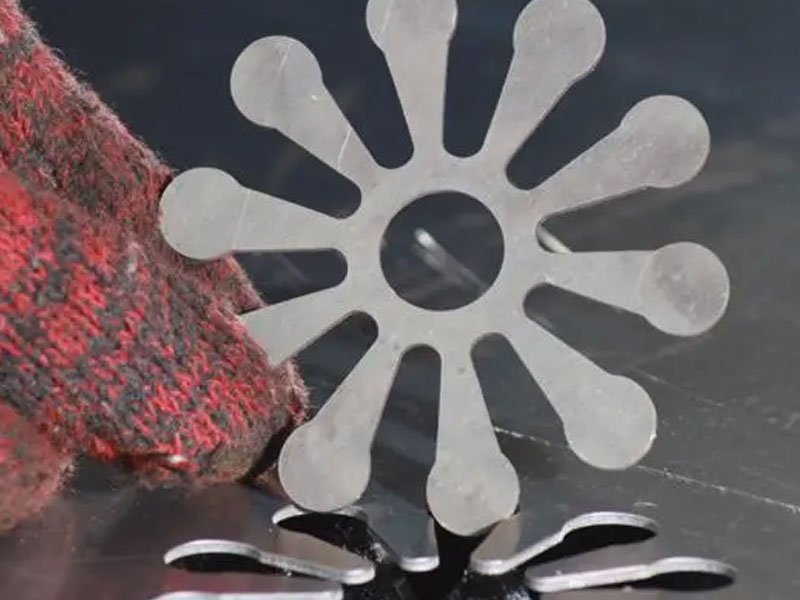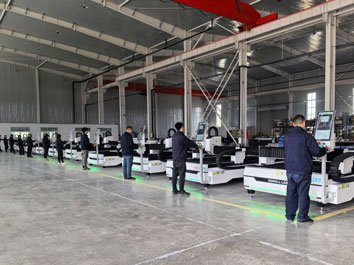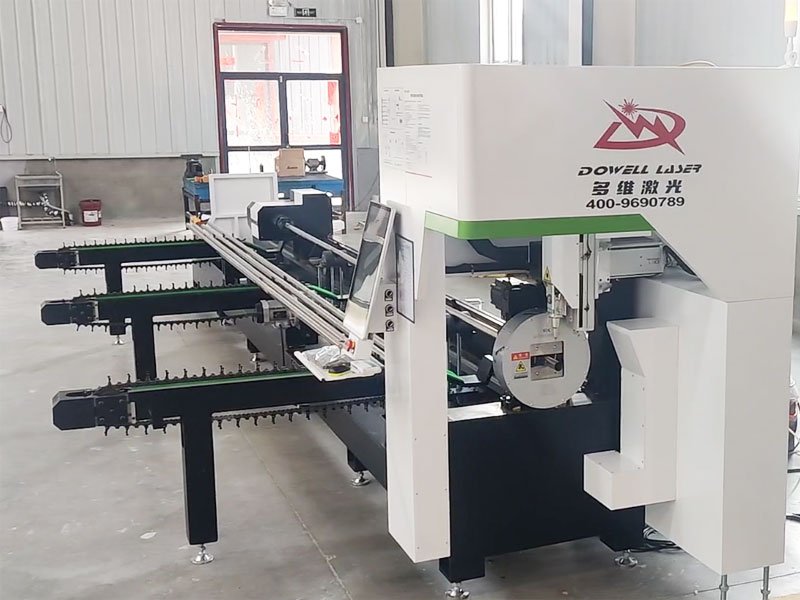With the rapid development of the metal processing field, laser cutting technology is also developing continuously, which has brought rapid development to the development of the industrial market. So at the same time, how to laser cut metal has always been a topic of concern to corporate procurement and business owners, the advantages of laser cutting, cutting materials, cutting process and future development trends and so on.
How metal laser cutting equipment works
In the world of manufacturing and DIY projects, laser cutting stands out as a precise, efficient, and versatile method of cutting metal. Whether you’re a professional working in a manufacturing industry or a hobbyist looking to explore new methods of working with metal, understanding how to laser cut metal can greatly expand your capabilities. In this blog, we’ll delve into the steps involved in laser cutting metal, ensuring you have the knowledge to tackle your next project with confidence.
Step-by-Step Guide
Understanding the Equipment: Before diving into the process, it’s essential to understand the types of laser cutters available. CO2 lasers are popular for cutting various materials, including metals, while fiber lasers are more efficient for metals exclusively. Choose the right laser cutter based on your specific needs.
Material Selection: The type of metal you choose affects the cutting process. Commonly used metals include steel, stainless steel, aluminum, and brass. Each metal has different properties that influence how the laser interacts with it.
Design Preparation: Use CAD (Computer-Aided Design) software to create or import your design. This design will guide the laser cutter, so accuracy is crucial. Ensure that your design is optimized for laser cutting, considering factors like cutting lines and material thickness.
Setting Up the Laser Cutter: Configure your laser cutter according to the type of metal and thickness you’re working with. This includes setting the power, speed, and frequency of the laser. Refer to the manufacturer’s guidelines for specific settings.
Testing: Before cutting your final piece, perform a test run on a scrap piece of metal. This helps in ensuring the settings are correctly adjusted for a clean cut.
Cutting Process: Place the metal sheet onto the cutting bed of the laser cutter. Start the machine and monitor the cutting process. The laser will follow the path defined in your CAD design, cutting the metal accordingly.
Post-Processing: After the cutting is complete, allow the metal to cool down. Remove any excess material or burrs using appropriate tools. This step is crucial for a clean, professional finish.

Tips and Best Practices
Safety First: Always wear protective gear, including safety glasses and gloves, when operating a laser cutter.
Material Thickness: Be aware of the limitations of your laser cutter in terms of material thickness.
Regular Maintenance: Keep your laser cutter well-maintained to ensure accuracy and longevity.
Ventilation: Ensure proper ventilation in your working area to avoid the accumulation of fumes and particles.
Experimentation: Don’t hesitate to experiment with different settings and materials to find what works best for your specific needs.
Fiber Laser Cutting Process
1. Preparatory stage
First of all, keep the surface of the cutting plate clean to ensure the cutting quality. The four corners of the board are fixed by the utensils to prevent the board from being too thin and warped, so as to ensure the accuracy of cutting.
2. Laser Setup and Calibration
Different types of laser cutting equipment have different power, intensity and focal length during the cutting process, so they need to be calibrated in advance to obtain the best cutting effect.
3. Selection of cutting parameters
Select the corresponding cutting speed and frequency according to the material, thickness and cutting quality of the plate.
4. Laser cutting operation
Tube bundle focus and movement. There are also auxiliary gases used, oxygen, nitrogen and argon to achieve a clean and smooth cutting surface.
5. Quality
Monitor the cutting process in real time and check whether the cutting edge and surface are smooth.

Precautions for laser cutting metal operation
Pay attention to safety protection when working with laser cutting operator jobs. Laser cutting machine training must be carried out before taking up the job, and the equipment must be operated correctly, and laser protective glasses and protective masks should be worn to avoid pollution.
Regularly inspect the laser cutting system. Cleaning of optical lenses of various laser cutting accessories, calibration of cutting heads and inspection of equipment for wear, etc. The accuracy of the CAD file and whether the nesting software can operate normally, so as to avoid affecting the efficiency of laser cutting.
Trends in Metal Laser Cutting Equipment
The future development of the metal laser cutting system is immeasurable, especially in the future automated production of laser cutting coils, loading and unloading, cutting, welding and other laser production line collaboration methods will greatly reduce manual workload and improve automation processes. Future industrial business owners It will greatly save labor costs.

How to Buy a Laser Cutter
For business owners looking to increase productivity quickly, a metal laser cutter is a worthwhile investment.
Before buying a metal laser cutting system, you must first understand the material to be cut, the thickness of the cut, the required power, and the configuration requirements of the laser cutting machine. In this way, it is relatively convenient and time-saving when you consult fiber laser cutting machine manufacturers about the price.
Conclusion
Laser cutting metal requires a blend of technical knowledge, precision, and creativity. By following these steps and tips, you can achieve high-quality cuts and bring your designs to life. Remember, practice and patience are key to mastering the art of laser cutting metal. Happy cutting!



